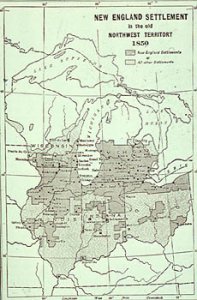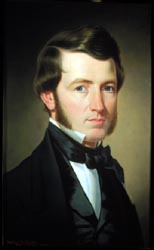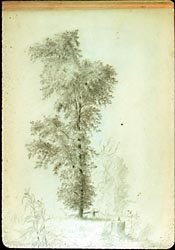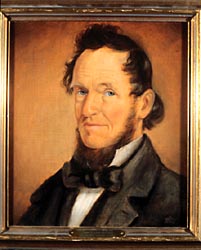Brauer Museum of Art › Permanent Collection › Virtual Exhibitions › In Quest of Beauty: The Life and Times of Junius R. Sloan, 1827-1900 ›
Early Life
Early Life
I must say it requires a great deal of philosophy for me to leave the easel for days to hoe corn, grub stumps, and the like. And yet it does not seem as tho’ I had spent the day unprofitably, or in vain if I have taken heed to fill the thousand spare moments in looking at nature–the book from which I study is spread out before me in all places, and is always open.
Junius to Robert from West Springfield farm, June 9, 1851
Growing Up as an Artist
Junius was a farm boy who loved to draw and to study the beauty of nature. In his childhood and youth there was little if any formal art schooling available, let alone works of art for him to see and study. Instead he was compelled to learn by doing. When he reached his majority, he traveled as an itinerant portraitist and looked for artist mentors.



